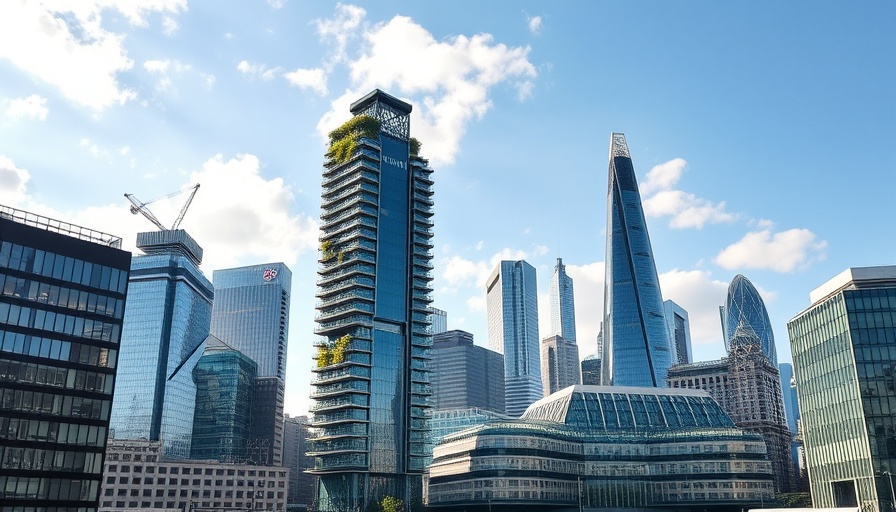
Understanding the Incident at Hinkley Point C
The construction site at Hinkley Point C, a significant project for nuclear energy in the UK, has found itself at the center of controversy following a serious incident that occurred on August 20, 2022. An employee suffered severe injuries when a wall of rebar mesh collapsed while he was attempting to remove it from a vertical jig. This unfortunate event has raised serious questions about workplace safety standards within the construction industry, particularly in high-stakes environments like nuclear facilities.
The Role of the Contractors
Bouygues and Laing O’Rourke, the two main contractors involved, are now facing prosecution from the Office for Nuclear Regulation (ONR). Each company is charged with failing to effectively plan, manage, and monitor construction work free from health and safety risks. This charge emphasizes the crucial responsibility that contractors have in ensuring a secure work environment, especially given the complex and potentially dangerous nature of their projects.
What the Charges Mean for Contractors
The ONR’s decision to prosecute reflects a broader commitment to enforcing health and safety regulations within the construction sector. If found guilty, Bouygues and Laing O’Rourke could face significant penalties. This serves as a reminder to all construction companies about the importance of adhering to safety protocols, not only to protect workers but also to avoid legal repercussions and damage to their professional reputations.
Diving Deeper: The Importance of Safety Oversight
This incident at Hinkley Point C underscores the necessity for robust safety oversight in all construction projects. The revelation that there was no radiological risk to the public in this case is reassuring; however, it does not diminish the gravity of workplace safety issues. Construction firms must prioritize risk assessments and safety training to prevent such accidents, which can have devastating impacts on employees and their families, as well as on project timelines and costs.
Learning Lessons from Hinkley
The prosecution of Bouygues and Laing O’Rourke should come as a wake-up call for the entire industry. It highlights the consequences of neglecting safety regulations and the importance of accountability in construction practices. Companies must not only invest in high-quality materials and efficient machinery but also in comprehensive safety training for their workers to foster a culture of safety.
Future Trends in Construction Safety
As the construction landscape evolves, there are emerging trends in safety practices that companies need to adopt. Technologies like Building Information Modeling (BIM) and drone inspections are transforming how safety is managed on-site. These innovations help in anticipating safety challenges before they escalate, showcasing the pathway to safer construction practices. Future projects must integrate these technologies to mitigate risks better and protect workers.
Conclusion: Advocating for Construction Safety
The recent incident at Hinkley Point C and the resulting prosecutions are pivotal moments for the construction industry, reminding everyone involved of the paramount importance of workplace safety. Contracting companies and their workforce need to advocate for a robust safety culture where the risks of construction work are acknowledged and effectively managed. It's crucial for all stakeholders—builders, contractors, and regulators—to collaborate closely in creating not only safer work environments but also a more sustainable industry moving forward.
For builders and contractors, this incident serves as an essential lesson in prioritizing safety above all else. Focus on safety training today to secure your workforce and your reputation tomorrow.
 Add Row
Add Row  Add
Add 




Write A Comment